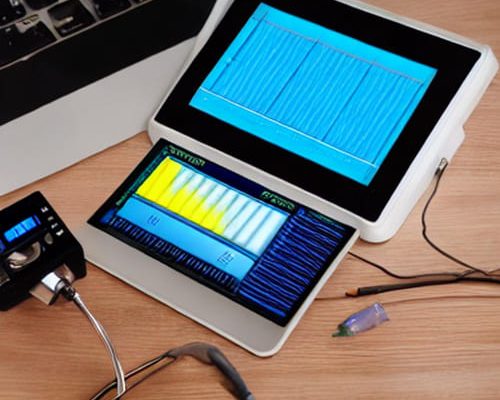Examine and Confirm Electrical Motor Performance in Compliance with Argentine Regulations
In the global economy, industrial electric motors power a broad range of applications.

The International Energy Agency (IEA) estimates that up to 70% of all energy used in industrial settings, 35% of all energy used in the commercial and service sectors, and 45% of all power generated globally come from the automobile industry. Given that motor-related downtime costs thousands of dollars per hour, these statistics demonstrate the critical role that electric motors play in a range of industrial activities. They are primarily responsible for power plant greenhouse gas emissions and environmental damage. They are also to blame for the fast-rising demand for electricity in developing countries. With average payback times of under three years, there is a worldwide economic potential to boost industrial motor energy efficiency by 20% to 30%. Around 15%, or 4.3 billion tons, of the world’s annual 26 billion tons of carbon dioxide emissions are brought on by electric motors. One of the most affordable and risk-free ways to lower the rising energy demand and greenhouse gas emissions is to increase energy efficiency.

Use an Effective Motor for the Following Reasons:
- Lower operational expenses
- A more tranquil and calm operation
- Increased dependability and durability of the motor
- Decreased emissions of greenhouse gases
Starting the Motor Analysis:
Electric motors lose some of the energy they receive through windage and friction losses, as well as losses in the stator, rotor, and magnetic core. The decrease in motor efficiency may be attributed to these losses. It is clear that efficiency evaluation and minimal energy performance standards are necessary and relevant when taking into account energy consumption and the industrial usage of electric motors. The accuracy of the motor efficiency and motor loss calculations depends on the test method used. There isn’t a single testing technique that is used in every industry. Although it is a straightforward concept, it might be difficult to measure and confirm the motor’s energy efficiency using the different criteria.


Methodologies for Measuring Effectiveness That Are Internationally Recognized:
In industrial applications, it is usual to discuss the testing techniques listed below:
A common test method for polyphase motors and generators is IEEE 112-2004. Tests, IEC 60034-2-1, International Electrotechnical Commission, 2014. ways to calculate the effectiveness and losses of electrical machinery that rotates. JEC 37 was created by the Japanese Electrotechnical Committee as a standard for induction devices. ANSI/IEEE 112-2004
This approach consists of 10 energy efficiency test procedures. To use the most crucial:
- Simple testing of the input and output.
- Verify the input and output are loss-separated.
- Back-to-back test for loss separation connected machines.
- Using smoothed residual losses to calculate load losses.
- The Eh-star approach
There are three main categories for the IEC standard test:
- Determining an individual machine’s input-output power.
- Measuring the input-output power of two machines back-to-back.
- One machine’s losses were counted.
The test procedures for the Japanese JEC standard 37 completely neglect the additional load losses. Lower operating expenses for businesses are one of the many significant economic and environmental advantages of improving the energy efficiency of machinery and appliances. All of Argentina‘s main cities, in addition to Buenos Aires, Córdoba, Rosario, and Mendoza, are served by our motor start analysis services.
LATEST NEWS
Harmonic Study &
Analysis



